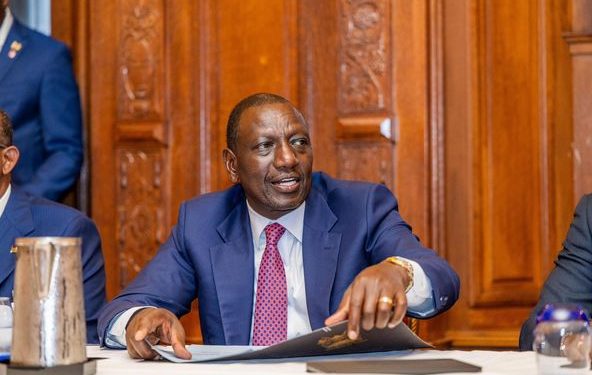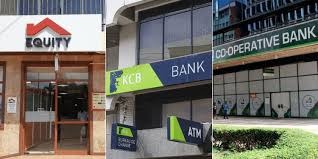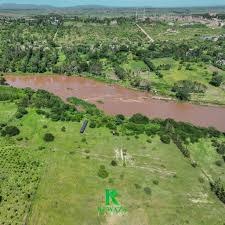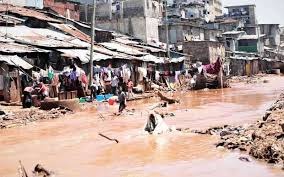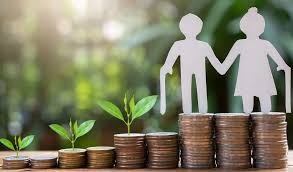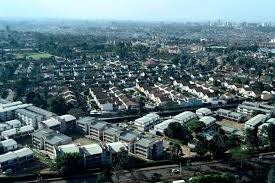African leaders gathered for the second meeting of the Committee of African Heads of State and Government on Climate Change (CAHOSCC) to discuss strategies for the upcoming COP29 summit. Hosted by Kenyan President William Ruto on the sidelines of the UN General Assembly, the meeting underscored Africa’s bold climate agenda.
In his opening remarks, President Ruto reaffirmed Africa’s leadership in climate-positive growth, referencing the Nairobi Declaration as a transformative blueprint. “Africa is at a crossroads. While we are disproportionately affected by climate impacts, we also possess the resources and potential to drive global green growth,” Ruto said.
Ruto highlighted Africa’s severe climate challenges, from droughts in Southern Africa to floods in the Sahel and desertification in North Africa. He called for strategic investments in renewable energy, sustainable agriculture, and nature-based solutions to ensure that “Africa not only adapts to climate change but thrives in a new global economic paradigm.”
One of the key announcements from the meeting was the launch of the African Green Industrialization Initiative (AGII), a platform designed to attract investments in large-scale green infrastructure projects across the continent. The initiative, according to Ruto, will help transition Africa into a low-carbon, climate-resilient economy.
Despite global investments in the energy transition reaching $1.8 trillion in 2023, Africa received less than 3% of that total. “This stark disparity must be addressed,” Ruto stated, pointing out that Africa’s growing population and energy poverty demand urgent attention.
Looking ahead, Ruto revealed that Nairobi will host a historic Investment Forum in collaboration with the International Renewable Energy Agency (IRENA) to highlight Africa’s renewable energy potential and mineral wealth. He also announced that he has written to the COP29 Presidency to request a high-level political event focused on measuring Africa’s natural capital and economic productivity.


